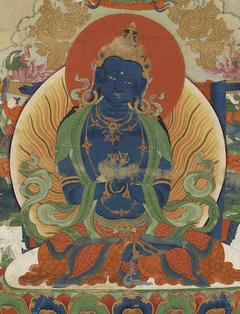Mahāmudrā Series
English (18) | Español (2) | Français (6) | Português (8) | 中文 (12) | བོད་ཡིག (18)
Lotsawa House presents the following texts on the subject of Mahāmudrā (phyag chen) or the 'Great Seal':
Advice
by
Tilopa
Aspiration Prayers
Commentaries
by
Pema Karpo
Preliminaries
by
Karma Chakme
